![Status Report: A Comprehensive Guide [With Free Templates]](http://royalcdkeys.com/cdn/shop/articles/image10-1691958410410.png?v=1719509477&width=1100)
Status Report: A Comprehensive Guide [With Free Templates]
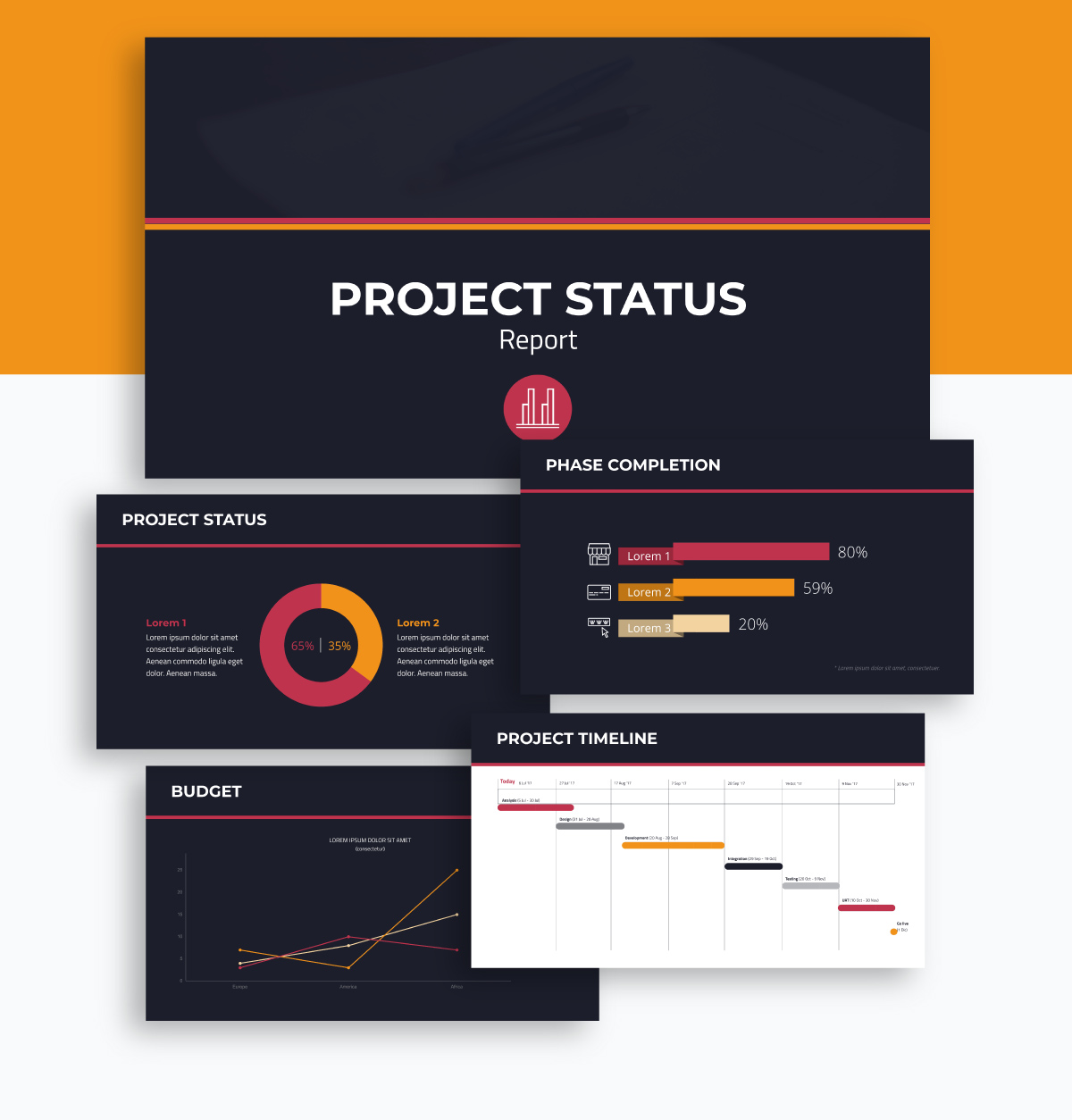
Status reports are a common practice in any kind of project and organization. These documents can tell much valuable data regarding the project’s health and other details that regard not only project managers but key stakeholders as well.
For the documentation to work properly and genuinely reflect the project status data, it must include the proper categories for your type of template and project. Every field included in the document can make a difference when status reporting a project.
In this article, we will show you everything you need to know to create status reports. Follow each step correctly, and you’ll have a powerful document capable of not only making the project management easier but also helping you achieve project milestones and goals.
Status Report: A Comprehensive Guide [With Free Templates]
What Is Status Report
The project status report is a project management technique companies use to track project details and monitor the overall progress. The status report is responsible for providing valuable data that can impact multiple aspects of the project, like team distribution and deadline.
It is usually a short document with clear language and presents the main information regarding the project’s progress and other details that directly impact its health. The period of your project status reports is not fixed, and you can change them depending on the kind of project you work on and other needs.
The most common type of status report is the weekly status report template, but you will also find daily reports and monthly status report templates as well. However, the template must feature the correct categories to be effective, which is more important than your chosen time interval.
Why Having a Project Status Report Template Is Important
There are several reasons why many project managers use this method for almost every project.
More than just showing the project’s status, it displays all the information you need to evaluate the performance of the team members and ensure everything goes according to the project plan.
Moreover, the project reports also improve communication not only between team members but with stakeholders as well. It is the perfect document for gathering important feedback and collecting key messages that must be shared during the development.
It is a simple way of optimizing communication and measuring project health and other key elements.
Who Makes Project Status Reporting
As you might know, the progress report is a document that regards multiple parties, and depending on the type of your business, it will be one of the main communication channels during the entire project. But the document’s access should be restricted only to those directly involved with it, and the editing process should be handled by one person.
In a traditional project status report template, the project manager usually does the crafting and editing of the information. Sometimes the companies assign this function to a specific team member responsible for making the report and sharing it with other parties, like project stakeholders.
Types of Project Status Report Template

As previously mentioned, there are several types of status report documents, and choosing the correct template is vital in making a good status report. Here are the most common types and their differences. Make sure to check each one to see the kind that best suits your needs.
Weekly Project Status Report
As the name suggests, the data gathered in the weekly report document will regard a whole week of work. It is the most common type of status report used by companies.
In this type of form, the managers usually divide the content into two separate parts. The first is dedicated to reporting what happened during the week and the project's progress, including key milestones accomplished and other relevant information.
The second part is devoted to writing about forthcoming plans for the following week, including upcoming tasks and other data regarding the project schedule. The second part is also committed to writing about the challenges and risks the project might face.
Daily Project Status Report
The daily report is a great project management tool for smaller projects that need constant updates. It is also one of the best formats for preventing future issues and mistakes and addressing the best way to avoid them.
It focuses on each member’s daily activities and their subsequent steps. In this type of status report, it is common to feature a summary of the day containing the primary information of what happened that day regarding all the team members.
Monthly Status Report
Having status report updates happening once every month is also common in companies that deal with larger projects or manage a project portfolio. These documents are usually much more extensive than the previous ones and feature more information.
It is a great project status report for complex projects that demand time and more detailed processes. Like in the weekly status report, the monthly template will feature a section describing the steps and processes for the following month.
Monthly reports are also one of the managers’ favorites to communicate with stakeholders and keep them on the same page.
Quarterly Status Report
The quarterly report is more commonly used not to deliver updates on a project’s status but to give information on a company's health and financial situation, for example. Since it is a template that summarizes the primary information over four months, its communication must be clear and concise so everyone can understand.
This type of status report is more likely to feature graphics and other visual tools to help understand the information. It is a great template for synthesizing a high volume of data.
Difference Between Status and Progress Report
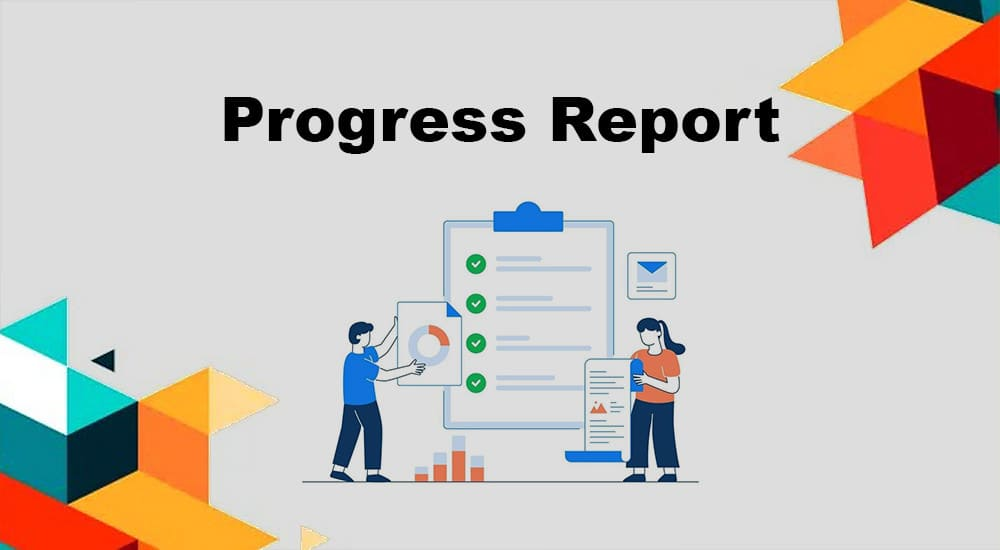
Although both tools might look like the same thing, there are several differences that you must know before choosing which project management tools to use. Here are some of them:
First, the progress report focuses more on the tasks and goals achieved by the working team. On the other hand, the status report has much more behind it, presenting data that typically would not appear on a progress report document.
Status reports are more valuable for stakeholders and present much more information to keep them on the same page. Progress reports are more useful for tracking the tasks and analyzing if the team is following the chronogram correctly.
What Should Be Included in a Status Report Template
Now that you know the main types of status reports and why they are powerful documents, it is time to see how you can create your own reports. Follow these steps correctly, and you’ll have the perfect document for your company and your stakeholders.
Here are the main categories and pieces of information you should include when creating status reports:
Project Identification
The first thing to do when creating your document is create a title. In most cases, the document's title also identifies which project it regards.
There are numerous reasons why proper identification is vital. The first one is that, especially in big companies that deal with multiple projects simultaneously, it is common to mistake one document for another.
With a title identifying the project, mistakes like that are way less likely to happen. Also, identification helps you find the document you’re looking for faster, saving time.
Type of Template and Time Interval
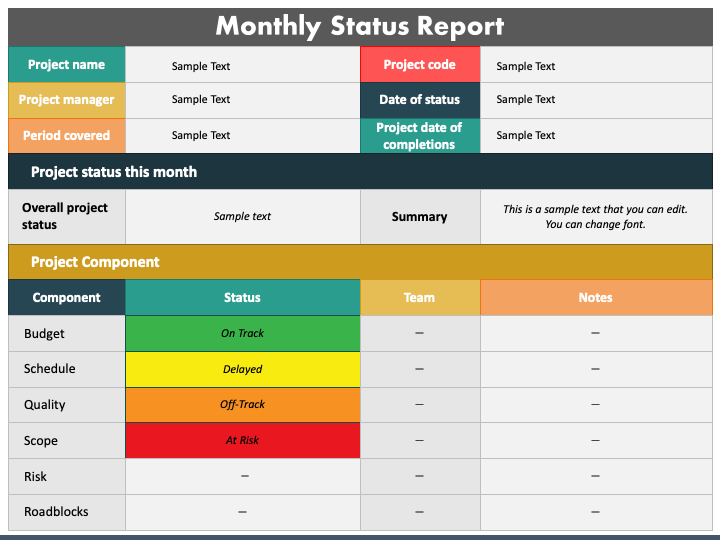
After identifying the project, you need to choose the template type and the time interval between each status report. This is one of the essential parts of the process, and you can choose it based on what we mentioned above in the types of the status report section.
Consider aspects like project size and when key stakeholders need new updates on the project status. The categories will be almost identical at any interval, but the layout and the information can differ.
If you want to create a project’s timeline, for example, you must prioritize templates with larger intervals. This way, you’ll have more information to include in those graphic resources.
Project Manager
Identifying the project manager responsible is also important when creating a status report document. This information facilitates determining the person to approach whenever any issues or concerns appear.
Project Sponsor
The sponsor or client to whom the project is being developed can also be valuable information. You can also use this section to include relevant information about them to help the team members generate insights and understand the requirements and limitations.
This section is typically featured right below the project manager’s name. Make sure to include only information that is relevant to the project.
Date
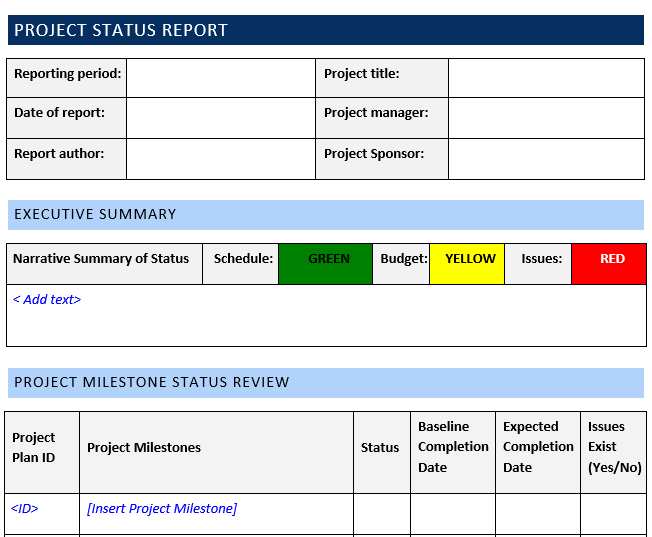
When filling out the status report, two key dates must be featured. The first one is the reporting period.
In this template field the template’s period. For example, if you have a monthly template, your reporting interval can be “January 1st - January 31st.”
The second date points out the time the status report was filled. It helps the team understand the report's progression and when the information was added.
Report Creator
Most managers also request to include the report’s author in the report's basic information section. If the manager created the status report, you can skip this field.
This information helps to identify the document initiator. Moreover, this information will also be helpful if the team needs to clarify something included in the form or ask any questions.
Executive Summary
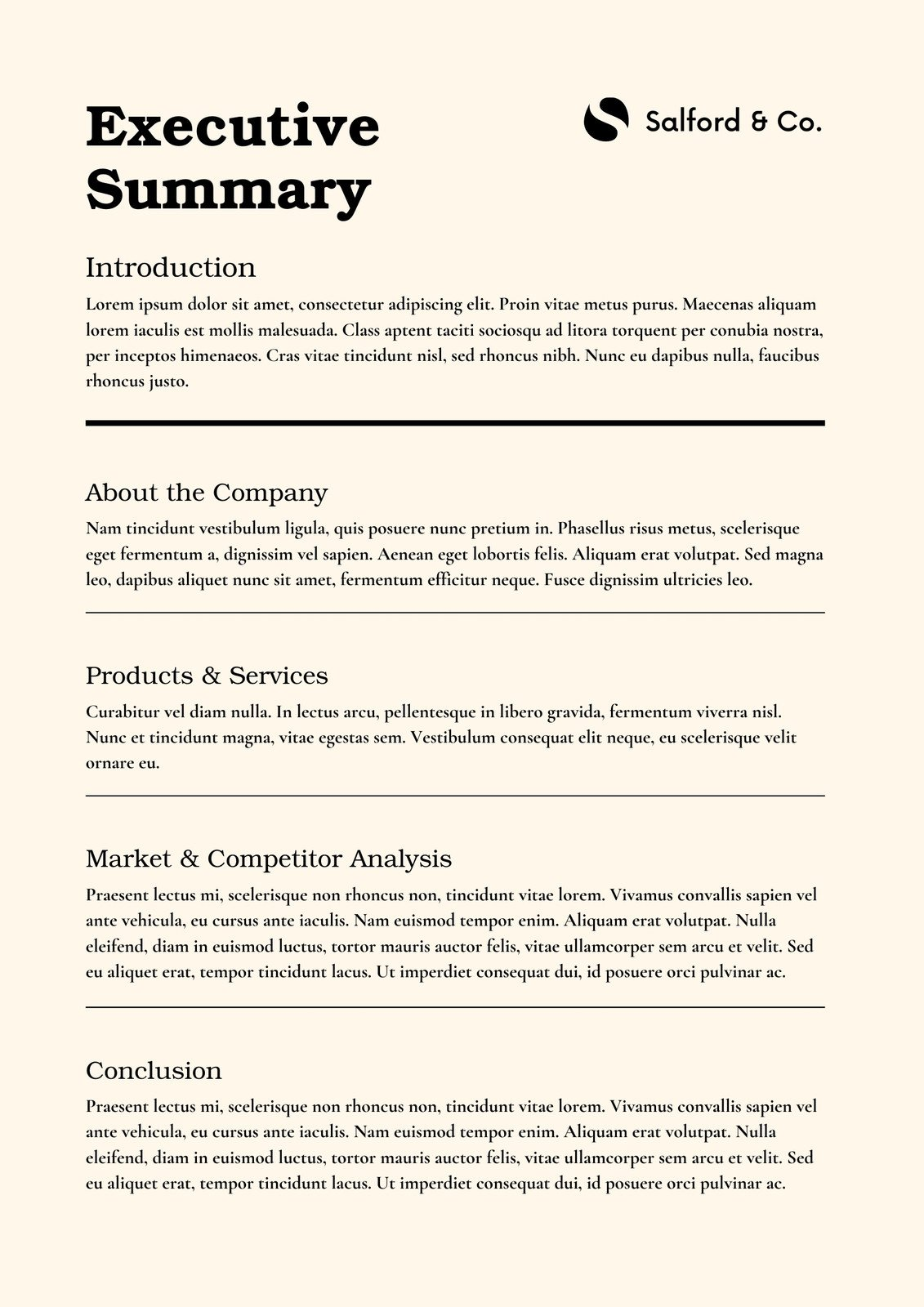
The executive summary is one of the most important parts of your entire document. It is a description including the main information for contextualizing the project overview.
Your executive summary will contain information like the nature of the project and the problem your client wants to solve with this product or service. It is also common to feature important background information that can impact the progress or that is relevant to the team.
This part of the project status report template is usually composed of short statements and can be divided into multiple sections depending on the company's needs.
Milestone Review
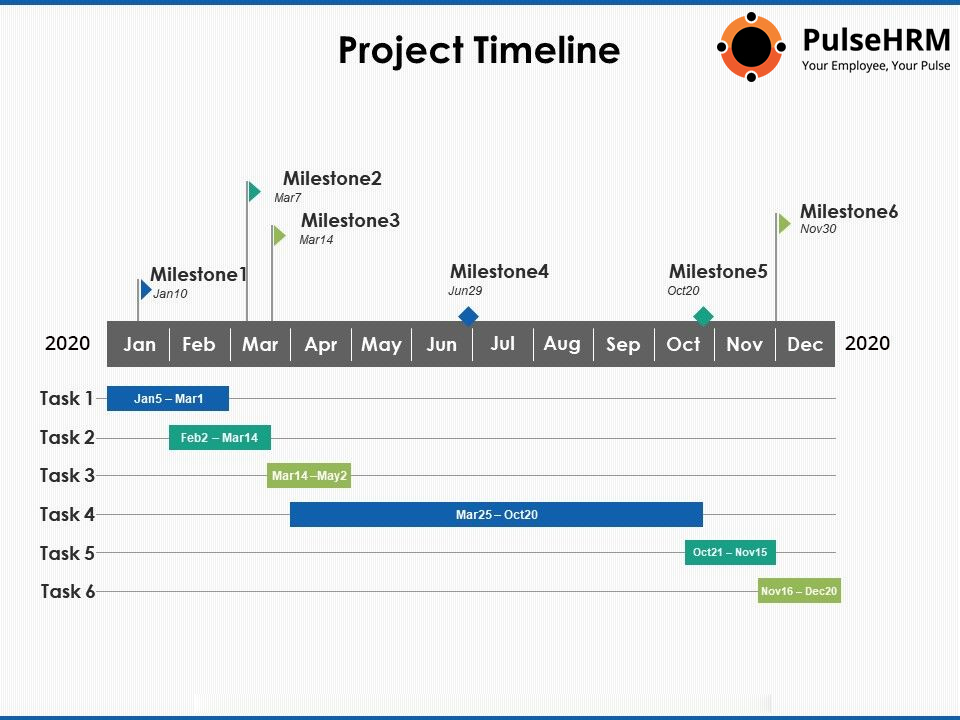
Although we mentioned that milestones are more critical in the progress report, they are also important items here. In this part of the report, there is significant data that must be included and discussed. The discussion meeting should take place with the team members, stakeholders and other relevant members of your company.
Some of the information that should be included is:
Completed and New Milestones
The first thing to add to this section is a resume of all milestones completed since the last status report and the new milestones created by the team, if any. We recommend using the SMART method to stipulate project milestones.
Project Problems
This part of the report should also include a summary of the problems faced by the members during the period of the document. Along with these problems, the members can also describe the steps taken to solve them and the most significant consequences the problems caused to the project.
Current Status
Next to the problems, you can also add the current status of your project and the progress since the last status report. There is no right way to do this, and you can choose the system that best suits your needs.
Businesses often use a rating system in this category of the template. This allows you to quantify progress using a percentage value, clearly indicating what has been accomplished and what remains to be done.
Conclusion Date
Next to the status, you can also add the expected conclusion date. This information is less likely to change from one status report to the next but can happen for several reasons. It is important to include it so stakeholders and sponsors can clearly see when the project will be completed.
Issues
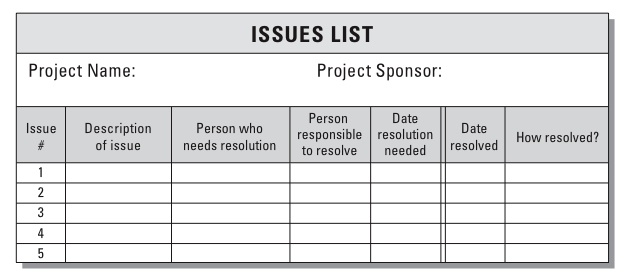
The last item to be featured in the project status report is the information regarding the issues found during the stipulated period. Each issue the document addresses must have a unique ID number for easy identification.
You can also use the status reports to set each issue's priority and which team members are responsible for solving it. Along with this information, you can also add a brief description of the issue and how it impacts the project.
The Best Tool to Create a Project Status Report Document
You can find tons of tools that allow you to create personalized status reports.
Among all the options available, we highly recommend using Microsoft Excel. It has the best features and is an industry standard, dismissing the need for extra programs for other business tasks.
If you don’t have a Microsoft Office activation key, you can get a lifetime license at RoyalCDKeys for a considerably lower price. This way, you get access to all programs and still save money.
Free Status Report Template Examples
If you don’t want to create your project status report template from scratch, there is no problem. Here are some free examples you can use:
Template #1
Weekly status report template. Document featuring all the necessary information for creating a weekly report for your project.

Template #2
IT status report template. Document featuring a weekly format with categories focused on IT project reporting.
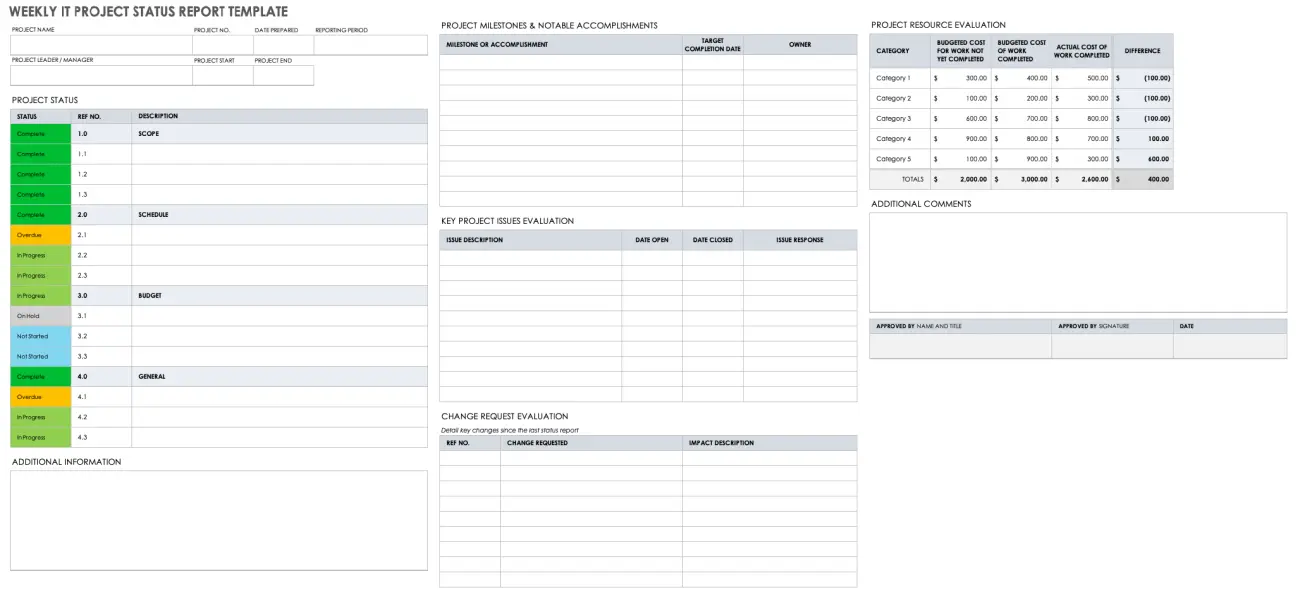
Template #3
Minimalistic status report template. Document featuring a simple layout that can be used for any kind of project.

Time to Start Status Reporting
Any business dealing with complex projects or multiple activities daily must have a reporting tool to measure progress and gain insights into the efforts of the working teams. With that in mind, most managers use the status report template document.
The document will fulfill its function best if you include the required sections, which we have listed in this article. With that knowledge, it’s time to create your status report!
